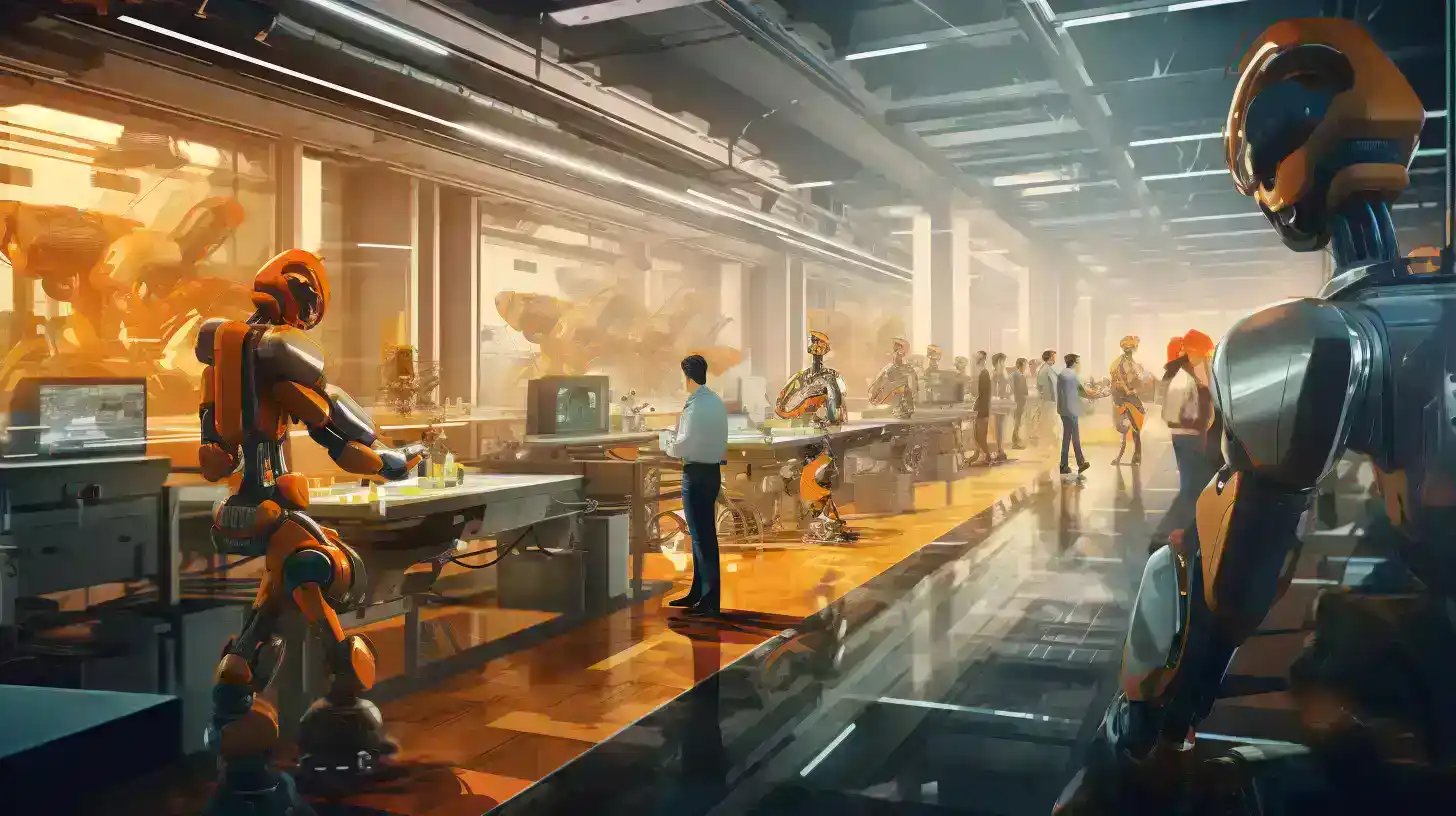Hello to all the Bleeding & stubborn long-term believers out there and a big Congratulations to all the New Investors UNLESS you are planning to use your shares to keep progressing the great SHORTING fiasco.
Big move at around 2.40pm - 15.5c got wiped out by buyers or did it get pulled off the shelf ? I missed that moment of action – it happened so quickly.
I have been taking more screenshots than I care to count as evidence for many weeks now and will soon be ready to start a campaign to hold the appropriate organisations/entities responsible TO ACCOUNT for, what is in reality has become a corrupted platform for investment in my opinion.
Stay tuned, I will soon advise further how you may join me in the action I propose – if you wish.
Hang in there believers and have a nice day
Big move at around 2.40pm - 15.5c got wiped out by buyers or did it get pulled off the shelf ? I missed that moment of action – it happened so quickly.
I have been taking more screenshots than I care to count as evidence for many weeks now and will soon be ready to start a campaign to hold the appropriate organisations/entities responsible TO ACCOUNT for, what is in reality has become a corrupted platform for investment in my opinion.
Stay tuned, I will soon advise further how you may join me in the action I propose – if you wish.
Hang in there believers and have a nice day




